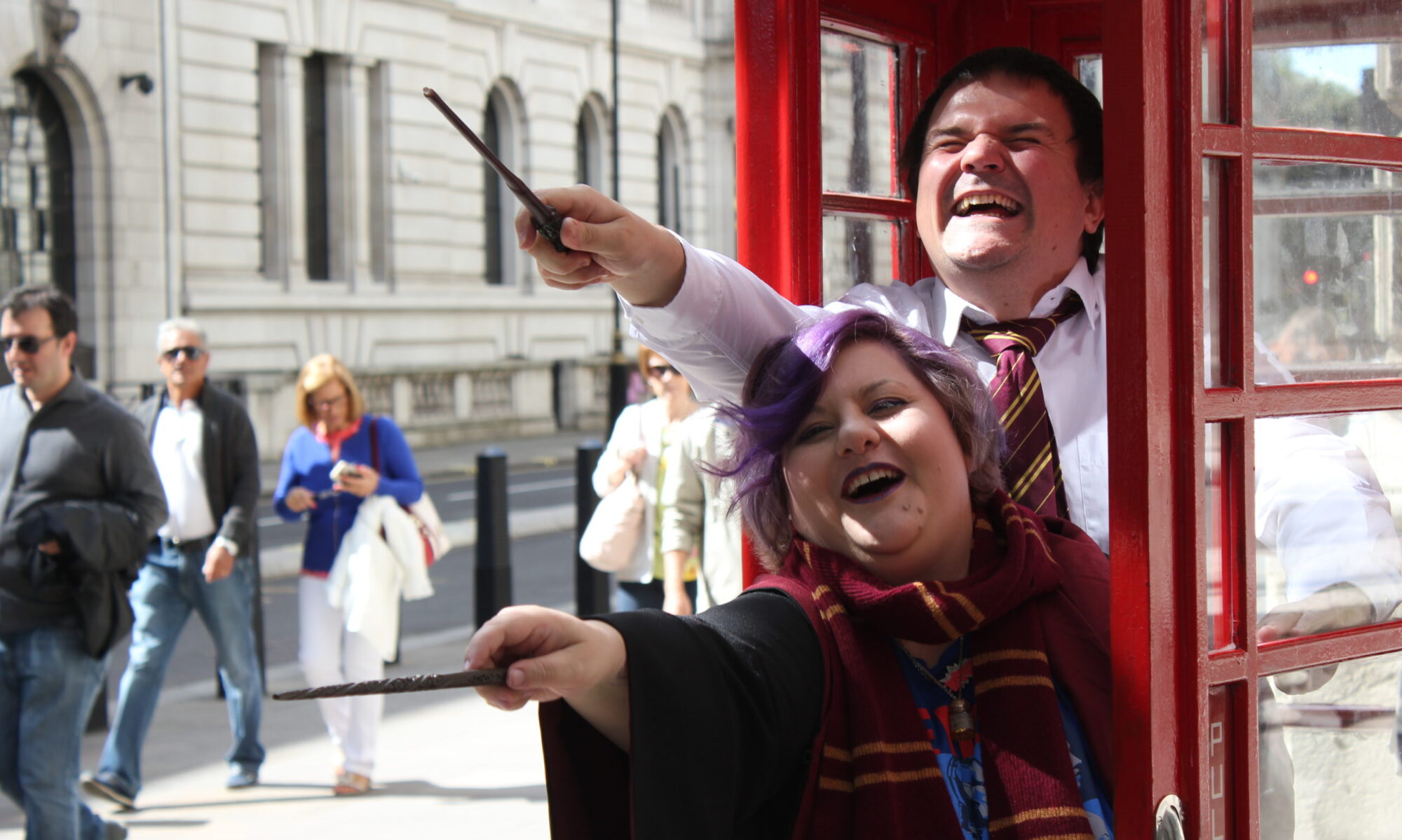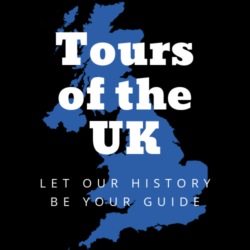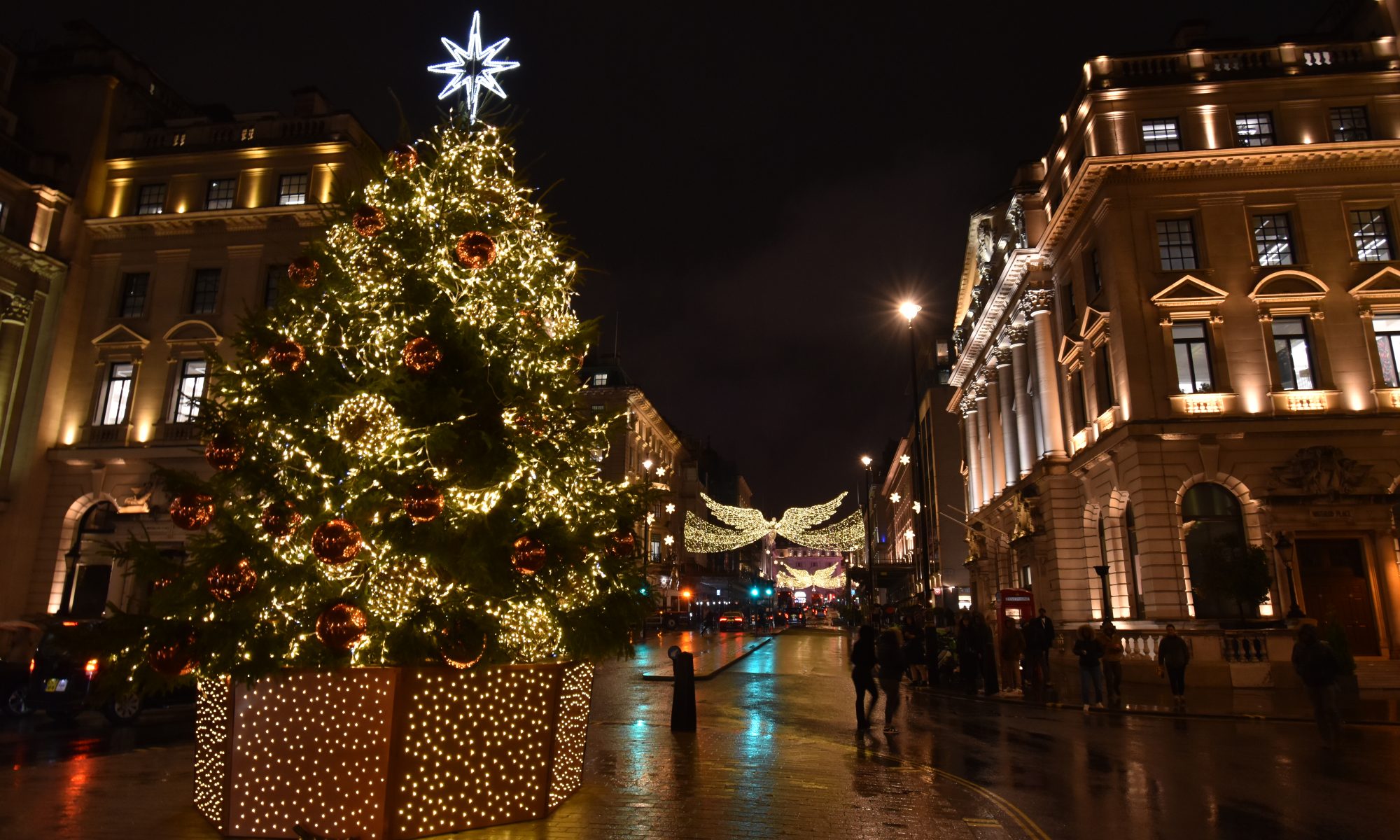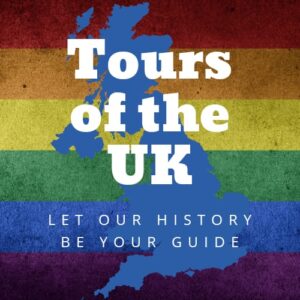Christmas decorating traditions go back a long way- the Victorians introduced Christmas trees, with Prince Albert- husband of Queen Victoria- often credited with bringing the tradition over. But in actuality, Queen Charlotte, the German wife of Goerge III, brought the first Christmas tree to Windsor in December 1800. But it was Albert and Victoria who helped to popularise the tradition. In 1840, Albert imported several fir spruces from his native Coburg in Germany to use as future Christmas trees. A few years later, thanks to popular magazines like Illustrated London News picking up on the Royal tradition and writing about it, they began to be popularised with the upper classes, who wanted to ‘keep up with’ the Royals, and eventually filtered down to more everyday households. However, lights as Christmas decor at home and in public didn’t become popular until the 1920s, when people began to have electricity in their homes. From this, the popular ‘fairy lights’ that have become part of the Christmas tradition became popular, with people lighting up their homes in colourful lights to celebrate the season. Houses around this time began to look like the ‘Christmas decorations’ we are familiar with today.
We’re used to the array of shops decorating for Christmas now, but Selfridges in London was the first place to do that. In 1935, they decorated not just with a traditional Christmas tree but themed windows and lights that spanned the length of the store. These have evolved over the years and are often sponsored by different brands, making them more advertisements than simple festive cheer. However, the store also employs artists and designers to create attractive window displays alongside festive decorations across London.
Some previous years' Christmas Window Displays.
A little while later, in the 1950s, Regents Street joined the Festive decorating tradition. It began through the Regent Street Association- a group representing the shop owners of the street and taking responsibility for upkeep and other elements of the iconic street. So in 1954, festive lights- a more simplistic set of string lights- went up and down the street for the festive season.
They wanted to make Christmas feel a little less drab and sad after World War Two’s end, but this was the first Christmas with no rationing since 1940. Introduced in 1940, rationing restricted how much each person could buy during the Second World War to ensure minimal food and material shortages (and to divert resources to the war effort). Rationing continued for almost a decade after the war, so shops were affected. It finally ended in 1954, allowing many shop owners to flourish again. But of course, people weren’t used to shopping for ‘fun’ in the way we think of it now, so the idea of a light display to entice people out and into the shops was born.
Across the 1950s and into the 1960s, the idea spread to nearby Oxford Street, and the biggest array of lights in London that we know today was born. However, the light displays ran into some troubles in the 1970s, with economic pressures on both the business owners who contributed and the local council supporting them, and they ran into financial difficulties. In one quirky response, gas-filled balloons replaced the traditional lights on Regents Street.
The Christmas lights began again in 1978 with laser lights pointing up and down the street, which was an unusual choice, possibly inspired by the box office smash Star Wars that was released the year before. However, the Christmas Lights in London reverted to what was traditionally used the following year. With the support of the local traders’ associations, the money was raised to fund the lights again by the 1980s, and the lights were back to their former glory. However, the funding of the lights, who is responsible and the question of ‘could the money be better spent elsewhere’ have been a constant debate. One answer to this has been getting corporate sponsors for the lights, including theatrical producer Cameron MacIntosh who used the lights to promise his West End Musicals, or Disney who tied the light sponsorship in with the launch of their version of Aladdin on stage.
Some of the previous years Christmas lights in London
Today, the lights are LED, more eco-friendly bulbs, using only ⅔ of the energy that electric bulbs do. Paul Dart designed the Angels that hang over Regent Street every year, and they’ve been there since 2016. There have been Angels as part of the display since 1954 so this represents an updated version with 17-metre wingspans and 15-metre trains, using over 300, 000 bulbs. In Bond Street, a similar style of lights arches over the street, but they follow a Peacock theme, mimicking the glittering tail of the bird and giant replica feathers hanging across the road. Meanwhile, an array of glowing orbs on Oxford Street is covered in little stars. There are over 1,700 snowflake decorations and 750,000 lightbulbs along Oxford Street.
While some argue that the lights are simply ‘tacky’ and ‘waste of money’ they can be used to raise awareness and support for causes. In 2016, for example, Berwick Street (just off Soho) decided to have its own mini light switch on mimicking the big ones to raise awareness of plans to privatise the market there; supported by Joanna Lumley, they raised a lot of awareness. Similarly, in the days of big switch-on events, cultural organisations like the Royal Opera House were part of performances. They raised awareness of their festive offerings, doing much to boost London’s arts scene. And much like the original post-World War Two switch-on, the post-pandemic lights provided a much-needed morale boost in times of difficulty for businesses and shoppers alike.
Today, the lights usually hang from mid-November until January 6th, which is Twelfth Night and the traditional day for taking down Christmas decorations. On one occasion, turning on the lights was postponed- in 1963 because of the assassination of John F Kennedy the same week as the planned turn-on. It’s become a tradition for a celebrity to turn on the lights in a small ceremony; this began in 1981 with the then Miss World Pilin Leon (from Venezuela) turning them on. Over the years, the celebrities have varied wildly, from Esther Rantzen (1984) to Terry Wogan (1988); often, they are more ‘local’ or UK-based celebrities like these or the cast of Coronation Street (1995). But often, they are a ‘bigger’ celebrity; Bob Geldof turned them on in 1985, the Spice Girls at the height of their fame in 1996, and even Madonna (2005) and, perhaps even more bizarrely, Jim Carey (2009) have got involved. Most notable, however, was the 1989 postponement of the turn-on, so the iconic Kylie Minogue was available to do it. Regent Street followed suit with its own switch-on tradition, beginning with Princess Diana. Since then, perhaps slightly more eclectic, including former Prime Minister John Major and champion racing jockey Frankie Dettori. In recent years, the ‘celebrity switch on’ has dwindled in London, with 2024’s lights being switched on without a ceremony. However, it’s still an exciting moment in London when the lights illuminate the streets for the first time and give the place its festive flavour against the darkness of winter lights.
The Christmas lights have changed over the years. Those attached to shops like Selfridges have been criticised for the consumerism and advertising associated with them, and it’s in part an inevitable part of the tradition that sprang from shop owners- be that Harry Selfridge or the Regents Street Association wanting shoppers in their stores. However, the London lights have become so much more. They are an institution, a part of tradition for Londoners and tourists alike. In fact people travel from all over the UK and the world to see the London Christmas lights, and today it’s as much a part of visiting London at Christmas as Winter Wonderland or a family trip to a Pantomime.
If you want to explore the Christmas lights in London, and hear about some of the Christmassy traditions reach out to us using this link.



